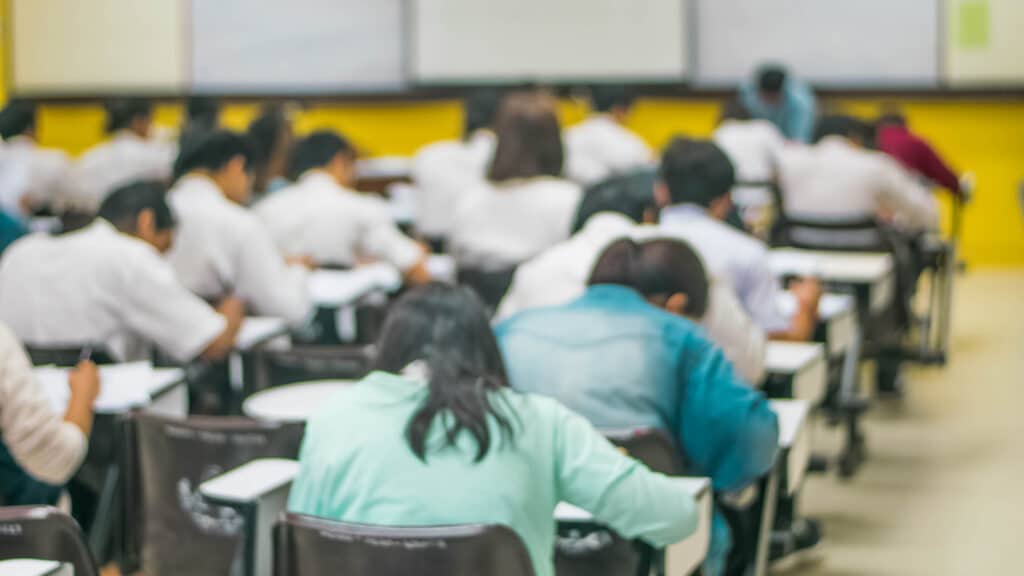
Japan’s university admissions process includes an element that often surprises outsiders — the practice of charging «multiple enrollment fees,» a recent report on Eastasiaforum.org highlighted. At many private institutions, students who receive an acceptance offer must pay a nonrefundable enrollment fee, typically ranging from $1,360 to $2,040. This payment is separate from tuition and serves as a deposit to hold a place in the incoming class.
Financial strain on families
Ryo Konishi, a research fellow at the Graduate School of Regional Innovation Studies at Mie University, notes that roughly 75% of Japan’s college students attend private universities. With about 60% of high school graduates advancing to higher education, Konishi says these upfront fees represent a significant financial hurdle rather than a minor administrative cost.
The challenge grows when students pay a deposit to one institution but later gain admission to a preferred university, losing their initial payment. Surveys indicate that approximately one in four students end up paying multiple enrollment fees, and in some cases, the financial pressure has led students to abandon their college plans altogether. In contrast, deposits at universities in Europe and the U.S. are generally smaller, often just a few hundred dollars, and are frequently refundable, making Japan’s approach notably heavier on families.
A system that reinforces inequality
According to Konishi, the enrollment system itself perpetuates inequality. The problem extends beyond individual school policies and is rooted in the broader structure of Japan’s admissions process. High school counselors, cram schools and the cultural belief that entry into an elite university guarantees success all push students to apply to multiple institutions. To hedge their bets, applicants also send fees to backup schools, deepening the financial strain.
Although Japan has increased its grant-based scholarships in recent years, most of these funds are only available after enrollment, meaning they help only those who can first afford to pay the deposits.
Calls for reform amid demographic decline
For many private universities, nonrefundable enrollment fees are a vital source of early revenue, helping institutions manage uncertainty and secure funds before the academic year begins. Student payments — including tuition, enrollment and facility fees — make up roughly 75% to 80% of private university income, underscoring their financial importance.
Public debate over the fairness of these fees has intensified, leading a few universities to experiment with partial refunds or installment payment systems. However, such measures remain rare, and the long-standing «no refunds» rule continues to dominate.
Notably, with Japan’s youth population shrinking and more universities competing for fewer students, experts warn that an overreliance on enrollment fees threatens the long-term sustainability of the system. Many observers argue that reform — including refundable deposits, smaller fees and expanded public financial aid — is essential to ensure both equity for students and the survival of Japan’s higher education system.

